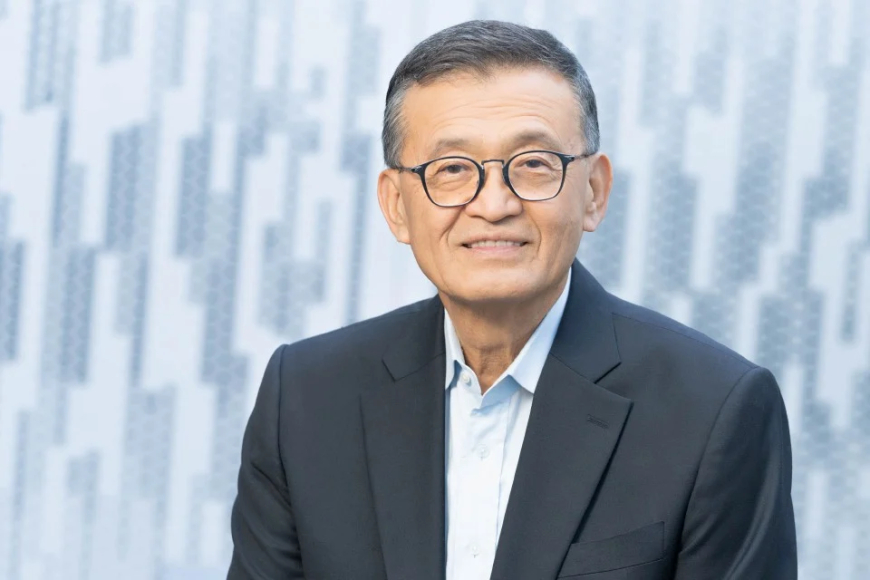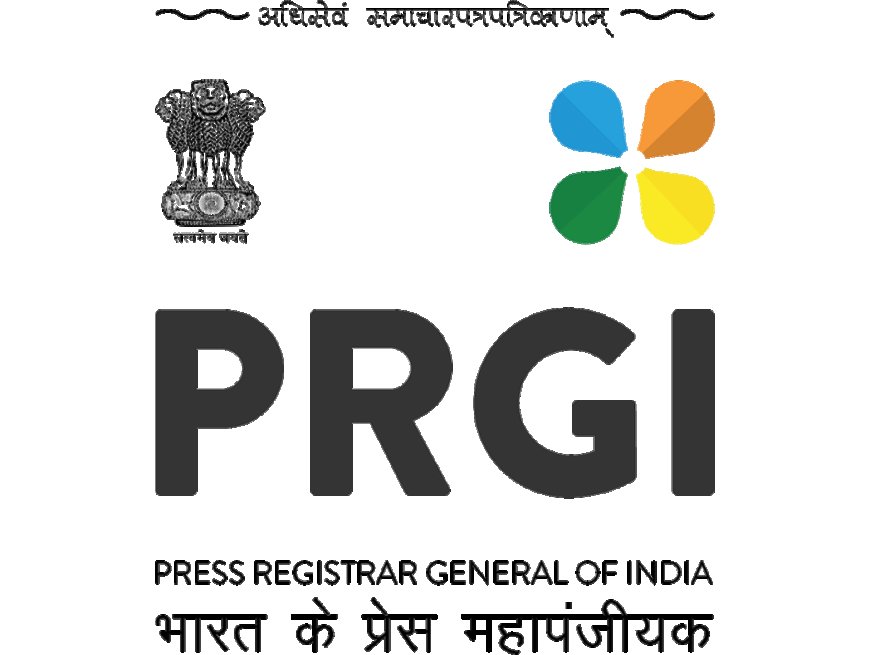Intel CEO Lip-Bu Tan Meets White House Amid Growing Pressure and Calls for Ouster
Intel CEO Lip-Bu Tan met with White House officials amid President Trump’s public calls for his removal, as the company faces significant market and political pressure.

Intel Corporation’s Chief Executive Officer, Lip-Bu Tan, made a high-profile visit to the White House this week, just days after President Donald Trump publicly called for his removal. The meeting marks a pivotal moment for one of America’s largest semiconductor manufacturers amid mounting scrutiny over company performance and leadership.
Context: The Public Call for Removal
President Trump’s recent criticism of Intel’s management has been unusually direct. In a statement last week, Trump blamed the chipmaker’s leadership for lagging innovation and manufacturing setbacks, arguing that Tan’s removal was necessary to restore the company’s competitiveness in the global semiconductor race.
Intel, a cornerstone of the U.S. tech industry, faces intense pressure from both foreign competitors and domestic policymakers pushing for technological self-reliance and supply chain security.
Details of the White House Meeting
Though official details of the meeting remain limited, sources confirm that Tan met with senior White House officials to discuss Intel’s strategic plans, challenges in the semiconductor market, and the company’s role in advancing U.S. technological leadership.
Insiders suggest the meeting aimed to address the President’s concerns directly and explore avenues for government-industry collaboration, especially in the context of recent legislative initiatives aimed at bolstering domestic chip production.
Intel’s Current Challenges
Intel has struggled recently with delays in manufacturing new chip architectures and increased competition from rivals like AMD, Nvidia, and Taiwan Semiconductor Manufacturing Company (TSMC). These challenges have impacted market share and investor confidence.
The semiconductor industry is also grappling with global supply chain disruptions, rising costs, and geopolitical tensions affecting raw materials and manufacturing hubs.
Reactions from Industry Analysts
Technology analysts view the White House meeting as a critical step in stabilizing Intel’s leadership amid political and market pressures.
Mark Sullivan, a semiconductor industry expert, commented, “Tan’s visit signals an effort to reassure policymakers and the public that Intel is committed to regaining its leadership role. It’s also a reminder of how intertwined corporate governance and national policy have become in strategic industries.”
The Broader Political and Economic Stakes
Semiconductors are widely recognized as vital to national security, economic growth, and technological innovation. As the U.S. government invests billions to expand domestic chip manufacturing through initiatives like the CHIPS Act, leadership stability at key companies like Intel is under intense scrutiny.
The Trump administration’s direct involvement highlights the urgency placed on the sector and raises questions about future industry-government relations.
What Comes Next?
While Lip-Bu Tan’s position remains under pressure, the White House meeting may pave the way for closer cooperation between Intel and federal agencies. Stakeholders await further developments on both leadership decisions and policy support measures.
Intel’s board and shareholders will closely monitor the company’s trajectory in the coming months as the competitive landscape continues to evolve rapidly.











